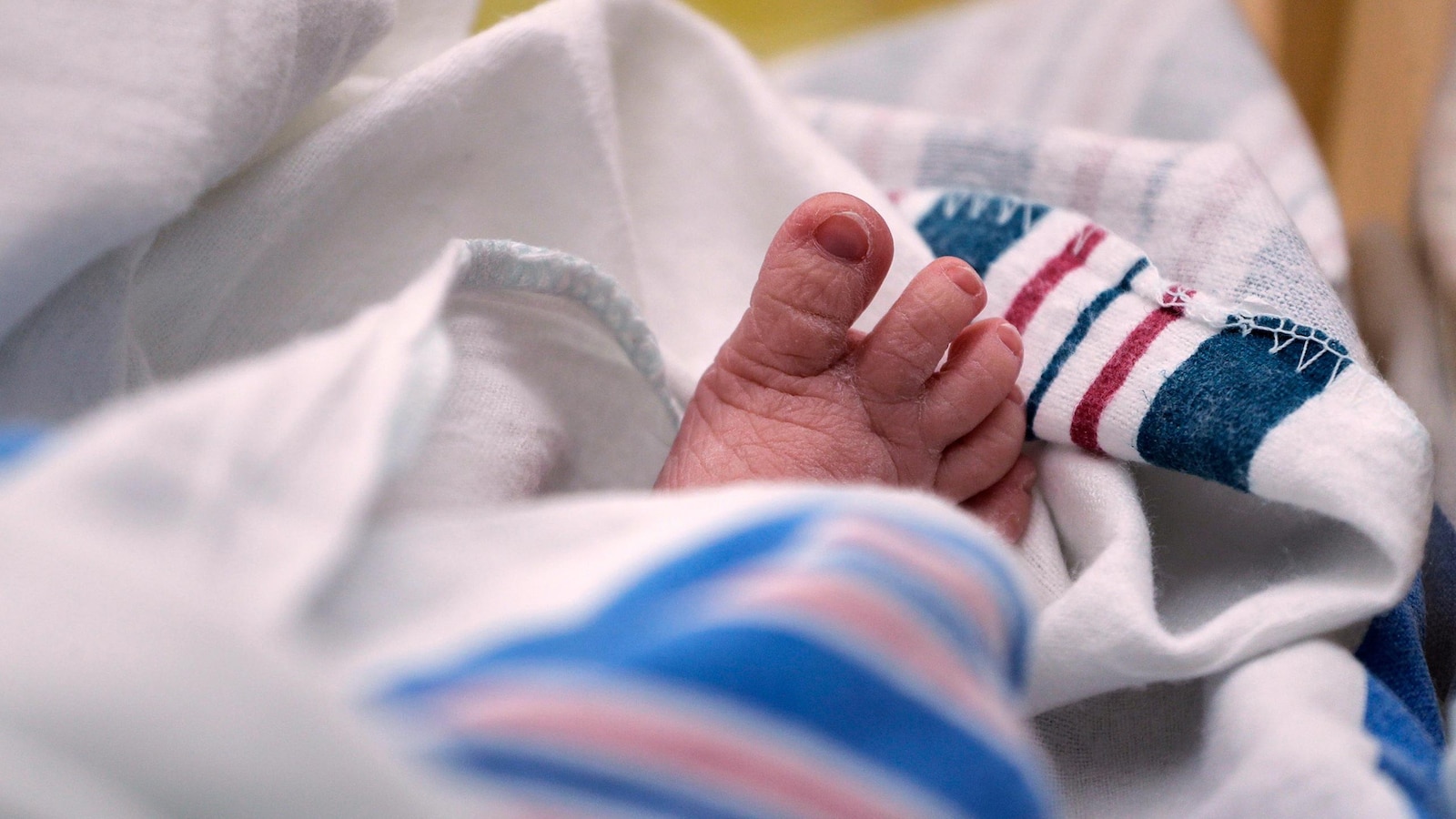T4K3.news
Nintendo employee data shows low turnover rate
New data reveals Nintendo's employees enjoy long employment periods and job stability.

Recent employee data from Nintendo sheds light on workforce stability.
Nintendo reveals impressive employee retention and employment duration
Nintendo recently released employee data spanning from April 2024 to March 2025, illustrating its workforce structure. Japan hosts the most employees with nearly 3,000, while the U.S. follows with about 1,500. In contrast, Nintendo Australia has just under 100 staff members. Additionally, there is a notable gender imbalance in Japan, where approximately 75% of staff are male, whereas Nintendo's other regions show more gender equality.
Key Takeaways
"Nintendo's low turnover rates reflect a stable and engaging work environment."
Commenting on the importance of employee satisfaction at Nintendo.
"We see a concerning trend of gender imbalance in Japan's workforce."
Noting the gender disparities within Nintendo's employee data.
The data highlights Nintendo's strong employee retention and long average employment periods, suggesting a favorable work environment. However, the gender disparities, particularly in Japan, raise questions about diversity in hiring practices. Strengthening gender equality will be essential for Nintendo as it competes in global markets where inclusivity can drive innovation and connect with broader audiences.
Highlights
- Nintendo's employee retention speaks volumes about their workplace culture.
- Gender balance needs improvement, especially in Japan's workforce.
- The low turnover rate suggests a satisfied workforce at Nintendo.
- Strong employee stability can boost innovation at Nintendo.
Concerns over gender diversity
Gender disparity in Japan's workforce, where 75% of employees are male, could affect Nintendo's image.
As the gaming industry evolves, Nintendo may need to address these gender gaps.
Enjoyed this? Let your friends know!
Related News

COVID-19 cases are increasing with unreliable tracking data

US fertility rate drops to historic low

Pound Sterling forecast indicates temporary recovery

Study reveals poverty's impact on women's memory decline

Donald Trump marks six months in office with drastic policy changes

Study Links Grief to Higher Mortality Rates

Top Fed official pushes for rate cut

Worker injury rates at SpaceX Starbase are alarmingly high
